When talking to a colleague, you can typically remember who said what…right? But what if you were asked to recall who said what two weeks later, or what if there were 10 people speaking, and now you’re not so sure? No problem!
With speaker diarization integrated into speech-to-text technology, you can transcribe entire conversations while also knowing who said what. This is an important part of understanding to-do items, delegated tasks, and the flow of conversation.
Let’s further explore what speaker diarization is and why it is an important part of high-functioning speech AI solutions.
What Is Speaker Diarization?
Speaker diarization is when speech-to-text technology automatically identifies who is speaking. When speaker diarization is applied to a transcription, each line spoken is attributed to the specific person who said it. Through the process of automatic speech recognition (ASR), this technology picks up on each speakers’ unique audio characteristics, grouping them together with speaker labels.
Without being able to differentiate who the speaker is at various parts of the transcription, you would need to manually go in and segment the conversation line by line, which of course, takes time and effort. Luckily, this technology has advanced to be able to differentiate who the speaker is in real-time, breaking each person’s spoken parts out like a script — also known as speaker diarization.
Without speaker diarization, a conversation between multiple speakers might look like:
Hi Jim. Hey how’s it going, Amir? Pretty good. So today we need to get the assembly line tightened up in preparation for this week’s audit. Wait! We have an audit this week? Yes, Nina, we have one on the third Thursday each month. Oh, I didn’t know that. To be honest, I didn’t realize that either.
Pretty confusing, huh? While you could go back and compare the transcript to the audio of this conversation, that is if you even have the recording, this process has just become much more tedious and time consuming. With speaker diarization, the conversation would look something like this:
Amir: Hi Jim.
Jim: Hey how’s it going, Amir?
Amir: Pretty good. So today we need to get the assembly line tightened up in preparation for this week’s audit.
Nina: Wait! We have an audit this week?
Amir: Yes, Nina, we have one on the third Thursday each month.
Nina: Oh, I didn’t know that.
Jim: To be honest, I didn’t realize that either.

Why Is Speaker Diarization Important?
Speaker diarization is important because it leads to more enhanced accuracy in your transcriptions. Without it, who said what becomes unclear and can lead to some misunderstandings. What a supervisor says and agrees to has much different consequences than someone they might oversee. Likewise, without speaker diarization, it may be confusing when figuring out who is assigned what or has certain bases covered.
It’s also helpful for keeping your data organized. By assigning each speaker, you have insights into what kind of tasks each person has, what their knowledge of certain topics is, and other helpful information that can help you better understand your team and their capabilities.
Where Is Speaker Diarization Used?
Speaker diarization has endless use cases. Here are some industries that could benefit from this technology, along with how they would apply it to their everyday tasks:
- Manufacturing: Workers on an assembly line can use speech AI to discuss protocols to a new hire, using speaker diarization to keep track of what questions the new hire asked.
- Infrastructure: Colleagues can discuss the blueprint for an upcoming project as speech AI takes notes and parses out each person’s ideas.
- Supply chain: A team can go over their checklist before shipping an order, using speaker diarization with speech AI to keep track of who checked which order.
- Retail & CPG: During a meeting with a new vendor, a retail manager can keep track of their concerns and inquiries to look into after the meeting.
- Transportation: Drivers can keep track of meeting times, differentiating who will be at each destination at a specific time.
How Does Speaker Diarization Work?
So, now you may be wondering: How does speaker diarization work, exactly? It happens in the following steps:
- Audio Preprocessing: First, the speaker diarization system processes the audio to enhance clarity and reduce background noise.
- Feature Extraction: The system extracts distinctive features of the audio, such as pitch, tone, and speech patterns, to differentiate between speakers.
- Segmentation: The audio is then divided into segments based on each individual speaker.
- Clustering: Segments are grouped by the system based on similarities in the extracted features, effectively clustering the speech of the same speaker together.
- Labeling: Finally, each segment is labeled with a speaker identifier, making it easy to see who spoke during specific parts of a meeting or conversation.
What Are Speaker Diarization’s Metrics?
When considering the effectiveness of speaker diarization technology, developers look at these metrics:
- Diarization Error Rate (DER): The DER is calculated with the following formula: False Alarm + Missed Detection + Confusion / Time Span. The lower your DER score is, the more accurate your speaker diarization system is, with a perfect score totaling zero.
- False Alarm Rate: The rate of which non-speech is classified as speech. Basically, when the system detects speech when no one is speaking.
- Missed Detection: The opposite of a False Alarm, as in the system fails to detect speech when someone is speaking.
- Confusion: The speech is assigned to the wrong speaker, meaning it is in the incorrect cluster.
- Speaker Purity: The rate at which the system can accurately assign speech to an individual speaker without incorrectly mixing in contributions from other speakers.
- Cluster Completeness: How well the system accurately assigns all spoken segments to the correct speaker.
What Are the Best Speaker Diarization Tools?
As speech AI continues to become more ubiquitous, there is a growing number of speaker diarization tools on the market. Here are several of the best speaker diarization tools:
- Google Speaker Diarization: Google Cloud offers speaker diarization to detect different speakers in an audio recording. You can send in an audio transcription request to Google Cloud’s Speech-To-Text feature, selecting the parameter called speaker diarization.
- Microsoft Azure Cognitive Services: Microsoft’s cloud-based search service geared toward programmers looking for advanced search capabilities. This tool integrates speaker diarization capabilities.
- IBM Watson Speech-to-Text: Designed to support real-time speaker diarization for IBM’s Bluemix Speech-to-Text tool.
- aiOla’s Speech AI: Our speech-to-text solution combines speech recognition with powerful speaker diarization capabilities tailored for business-specific jargon and multi-accent scenarios. aiOla works in any industry without disrupting your existing processes or affecting your tech stack. The outcome? Streamlined workflows, increased accuracy, better collaboration, and improved safety!
Speaker Diarization Geared Toward Your Workforce
aiOla’s speech AI solution uses speaker diarization to keep your workforce organized. Our speech AI technology can handle complex acoustic environments and multiple speakers, leading to lower, above average DER rates. This is ideal for industries like manufacturing, logistics, and warehousing where background noise can interfere with standard speech-to-text models. Likewise, in these situations, you often have multiple people speaking, making it important to know who contributed which ideas or is taking care of certain tasks.
Baked into our speaker diarization technology is aiOla’s ability to identify and understand business-specific terminology, enabling you to seamlessly tailor this technology to your industry. aiOla speech AI is capable of diarizing speakers across various accents and languages, making it versatile for global business settings too. It allows for real-time speaker tracking and analytics, enhancing collaboration and meeting documentation, leading to more accountability, organization, and enhanced processes and systems.
Closing Thoughts on Speaker Diarization
Speaker diarization technology is a game changer for speech-to-text systems. What used to be a jumbled mess of text is now segmented by speaker, making for a more coherent and organized transcript, which is useful for people who were a part of the original conversation and those who might have missed a meeting and need to look over the transcript.
Solutions like aiOla’s speech AI will continue to refine this technology for better accuracy across all acoustic environments, languages, and accents — making it an essential part of a more organized, collaborative workforce.


